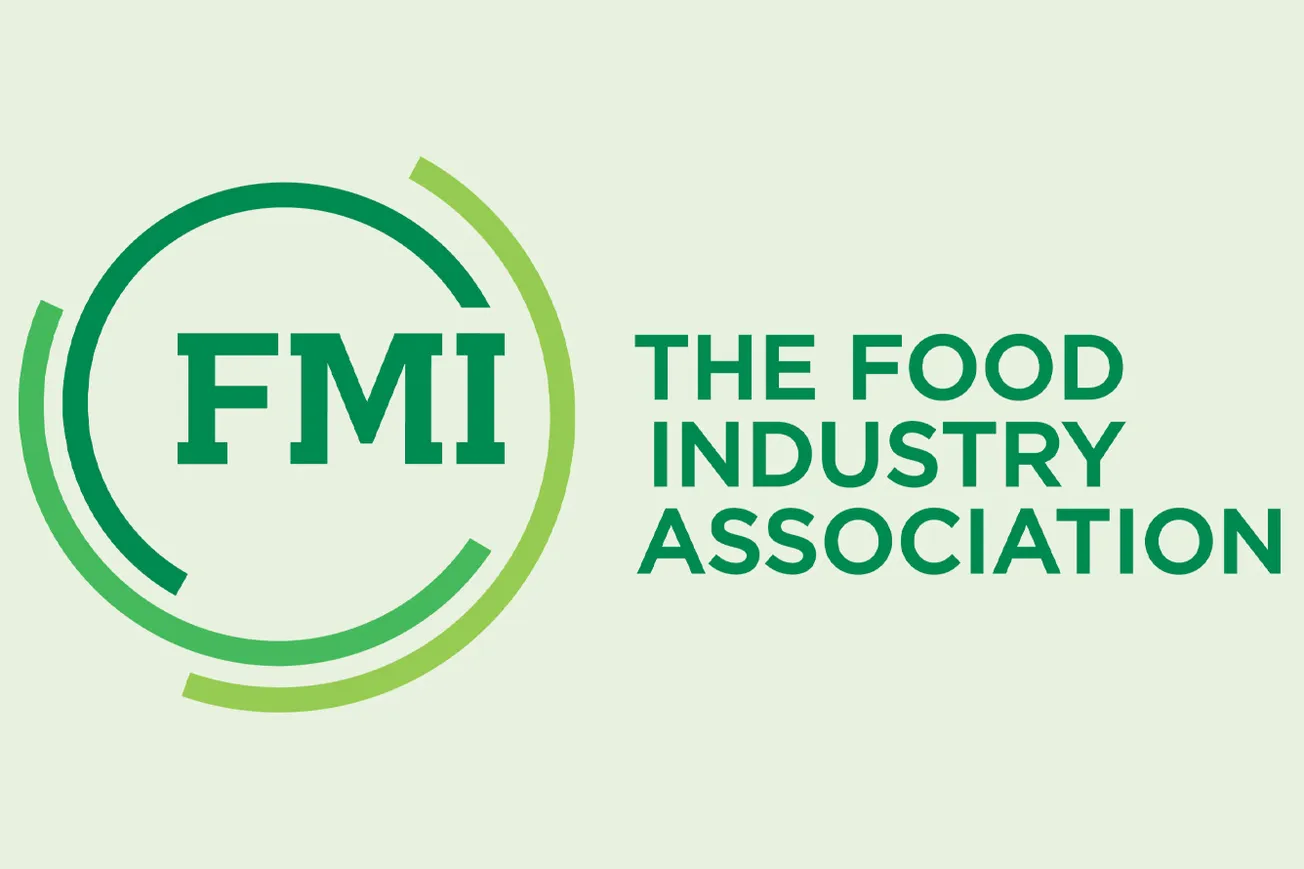MIAMI BEACH, Fla. — If the activity at last month’s FMI Midwinter Executive Conference is a true indication, the nation’s supermarket retailers, a group that has traditionally adhered to a conservative business model, are gearing up to reshape the way they meet the needs of consumers.
“We’re seeing unprecedented levels of change in our industry — from what customers want to eat to how they shop to the growth of e-commerce, an expanded regulatory presence, and the impact of radically changing economic and competitive landscapes,” noted Craig Boyan, president and chief operating officer of H-E-B and chairman of the event. “The founder of the Taoist movement, Lao Tzu, said if you don’t change direction, you may end up where you’re headed. And, as Darwin famously said, it’s not the strongest that survive, nor the most intelligent, but the one most responsive to change.”
America’s grocers are determined not to allow the rapid evolution of mass market retailing make them obsolete. In her remarks at the conference, Food Marketing Institute president and chief executive officer Leslie Sarasin exhorted the association’s members to embrace change.
“Our industry has never been as challenged as we are now — on numerous fronts,” she said. “The number of consolidations has shuffled our playing deck and thrown a good deal of chaos into the game. And we know that over the past 20 years many diverse new players have entered the market, challenging the way we’ve operated and forcing us to consider new directions. And technology has changed every aspect of operations from ordering, stocking and storing food to the way customers pay for it.
“This places us at a critical juncture of either undertaking a mass reconfiguration or knowingly agreeing to the inevitable decline. Now, I can’t be certain about how each of you feels about this, but to me that means we must mount the courage to challenge every assumption we have.”
The task at hand is formidable. Mastering it will involve updating or replacing many of the fundamental concepts that have served the industry well for the better part of a century.
“We must begin conceiving of all our trading partners differently,” said Sarasin. “Suppliers, transporters, service providers, growers and food banks are no longer links in the food chain, operating independently. They are intricately interwoven strands within the high-speed fiber optic that is the nerve center of our food supply.
“This means we must recognize that decisions cannot be made in isolation. That would be old linked, food chain thinking. Decisions today must be made in industrywide collaboration, because a change, a stance in one area affects all the others. There simply must be radical cooperation among all aspects of the food industry.”
That doesn’t mean abandoning the essential element in the formula that has sustained the supermarket industry for so long, according to Sarasin. Personalized service stands at the top of the list of the strengths that distinguish individual retailers and make people want to shop their stores.
“In food retail’s self-evaluation of what still works, what’s still relevant and what part of our past we need to retain, even as we redefine — we must keep our historical focus on customer service,” she asserted. “That was our heritage, and it continues to be our strongest and most viable root. The customer must be our primary concern.
“I fear in our growth and maturity we may have lost sight of the individual and identified our shoppers as groups, classes, categories. We must realize in this high-tech, highly connected, pervasively egocentric society, every customer is different. Each of them wants us to acknowledge him or her as an individual with unique tastes, particular preferences and singular values. And each wants to know us, what we stand for, what we believe in and whether our values match theirs.”
Sarasin’s call to action extended beyond supermarket retailers to the organization that is charged with representing their interests.
“As the industry is reconfiguring, it’s thrusting your trade association into a new world,” she said. “FMI’s old ways of doing things just aren’t going to cut it any longer, and we, too, must explore new business models and new ventures. We, too, must retool to remain relevant, meaningful and of maximum help to you. At the end of this exploration, we may find that the FMI we have known and loved has been replaced by a quite different organization.
“The point is that we must all be brave enough to face the future. We must have the courage to recognize that whether considering our companies, our relationships with our trading partners, or even that traditionally last bastion of change, our trade association, we’re only as good as our next innovation.”





